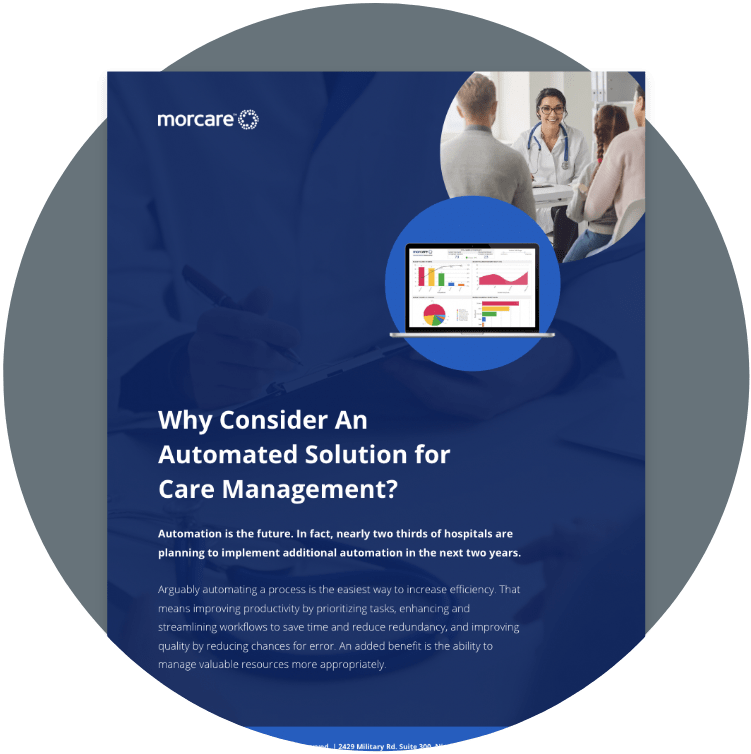One of the paramount challenges facing hospitals and healthcare organizations today is the management of chronic diseases. As healthcare reform shifts the focus towards value-based care, hospital administrators must find ways to ensure continuity of care for patients experiencing chronic conditions.
This is not only essential for improving patient outcomes but also for controlling costs. In this guide, we will explore key strategies and considerations for healthcare administrators to effectively manage chronic diseases and ensure a seamless continuum of care.
Understanding the Landscape
Before diving into strategies, it’s crucial for hospital administrators to have a comprehensive understanding of the chronic disease landscape. Chronic diseases like diabetes, heart disease, and chronic obstructive pulmonary disease (COPD), are long-term health conditions that require consistent, ongoing medical attention and management.
These conditions often lead to higher healthcare utilization and costs. With this in mind, administrators must recognize the significant impact these conditions have on both patients and the healthcare system.
To tackle chronic disease management effectively, administrators should focus on building a strong foundation of knowledge. This includes understanding the prevalence of chronic diseases within their patient population, identifying high-risk patients, and recognizing the unique challenges associated with each condition.
Additionally, administrators should stay informed about the latest advancements in treatment options and technologies that can improve patient care and outcomes.
Implementing Patient-Centric Care Models
One of the key strategies for ensuring continuity of care in chronic disease management is the implementation of patient-centric care models. Patient-centered care prioritizes the individual needs, preferences, and goals of patients, promoting active engagement in their own healthcare. Hospitals can achieve this by developing care plans tailored to each patient’s specific condition and circumstances.
To effectively implement patient-centric care models, hospitals can leverage advanced software solutions that offer real-time reporting, dashboards, and data analytics. These tools provide healthcare providers with actionable information at their fingertips, enabling them to make better-informed decisions and track patient progress. By utilizing these resources, administrators can ensure that care plans are not only evidence-based but also adaptable to the changing needs of patients with chronic diseases.
Care Coordination and Communication
Continuity of care heavily relies on seamless communication and collaboration among healthcare providers. Hospital administrators must prioritize care coordination to ensure that patients with chronic diseases receive consistent and well-coordinated care across various healthcare settings, from primary care clinics to specialty services.
Incorporating technology solutions that facilitate secure and efficient communication among healthcare providers is crucial. These tools can include electronic health records (EHRs), telehealth platforms, and interoperable systems that enable the sharing of patient information across various care settings.
By promoting effective communication and care coordination, administrators can potentially aid in reducing the risk of medical errors and ensure that patients receive timely interventions. Ultimately, this can help to improve the overall quality of care.
Patient Engagement and Self-Management Support
Facilitating patient engagement and self-management support is paramount in the realm of chronic disease management. Healthcare administrators should explore strategies and technologies that empower patients to actively participate in their own healthcare and make informed decisions regarding their health.
One effective approach is to implement patient portals and mobile applications that enable patients to access their health records, receive educational materials, and communicate with their healthcare providers securely. These digital tools not only enhance patients’ understanding of their conditions but also encourage adherence to treatment plans and lifestyle modifications.
Enhance Continuum of Care Capabilities with MorCare
In the pursuit of ensuring continuity of care for patients with chronic diseases, hospital administrators face complex challenges. However, by understanding the chronic disease landscape, implementing patient-centric care models, prioritizing care coordination and communication, leveraging data-driven decision support, and embracing population health management, healthcare organizations can make significant strides in improving patient outcomes while controlling costs.
The key to success lies in adopting advanced software solutions that enable healthcare providers to access actionable information, enhance collaboration, and make informed decisions. As the healthcare industry continues to evolve, hospitals must remain vigilant in their efforts to provide the highest quality of care possible to patients with chronic diseases, ultimately achieving better outcomes and healthier communities.
Ready to take the next step in transforming chronic disease management? Connect with MorCare to learn how our suite of software solutions and consulting services can support your organization in delivering value-based care, improving patient outcomes, and optimizing your operations.

